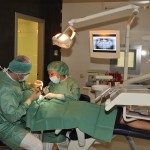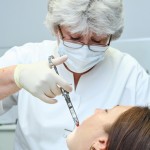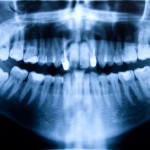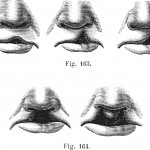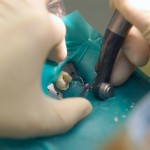
This review assessing the effectiveness of topical interventions in the management of burning mouth syndrome (BMS), based on the core outcome domains recommended by the Initiative on Methods, Measurement, and Pain Assessment in Clinical Trials (IMMPACT) includes 8 RCTs and higlights the need to apply standardised outcome measures in future studies.
[read the full story...]